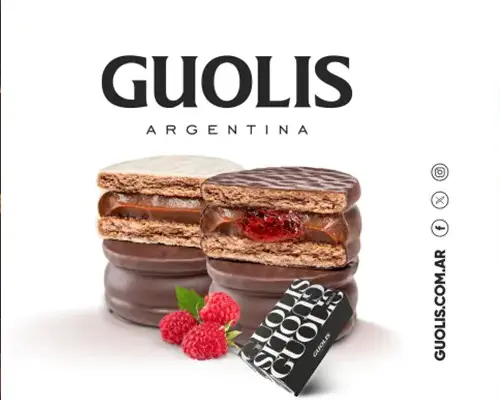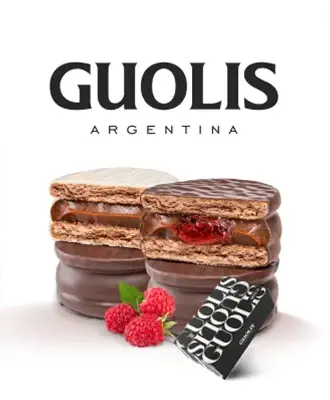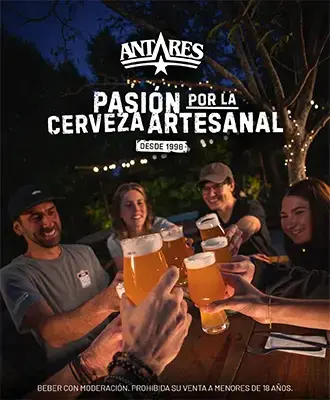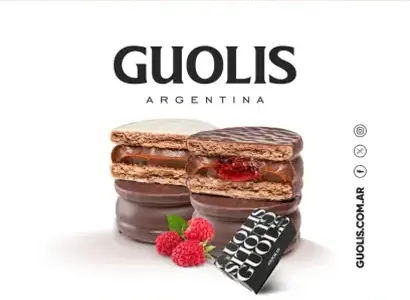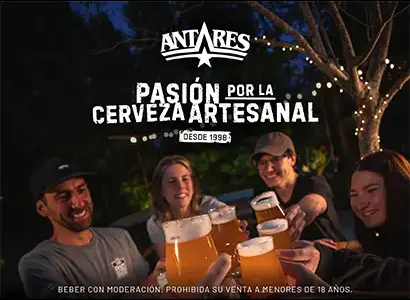History
39th Mar del Plata International Film Festival – November 21 to December 1, 2024
Since 1954, the Mar del Plata International Film Festival, the only ‘Category A’ in Latin America, mirrors the universe of Argentine and international cinema, consolidating itself as a development and exchange platform for the film and audiovisual industry: a must-attend event for directors, producers, actors, distributing companies and fans alike.
INTRODUCTION
The Mar del Plata International Film Festival, organized by the National Institute of Cinema and Audiovisual Arts (INCAA), promotes the film and audiovisual activity in all of its forms, screening films of different origins, and supporting thematic diversity and styles. In it, the tradition of classic cinema coexists with new tendencies, new voices and new technologies.
Historically, the Festival has been divided into different sections.
First there is the Competitive section. For each edition, members of the jury are carefully selected to award films from the International Competition, Latin American Feature Film and Short Film Competitions, plus the Argentine Feature Film, Short Film Competition, Altered States Competition and Work In Progress categories.
Secondly, Panorama is the section where viewers can find the best and latest works of international production. Acclaimed filmmakers and new talents combine with diverse subject matters in sections such as as Mar de Chicos, targeted to younger audiences, Original Soundtrack, featuring films where music plays the leading role, or Super 8 –16 mm– a tribute to historical formats, in sections such as Hora Cero, Generación VHS and Las Venas Abiertas, among others.
Number three is the Tributes and Retrospectives section that seeks to revisit the work of prestigious directors putting them back into circulation. This section also prompts new trends by focusing on current filmmakers that would otherwise not make it to the theaters. It is a key section that values works based on their cultural legacy for present and future cinema.
Fourth is the Rescues section, where national and international film heritage comes to life for audiences to enjoy some of the industry’s former glories.The Festival is also characterized by its appealing special events: master classes, round tables, book presentations, special screenings and seminars on new cinema critique. The 2018 edition also hosted the first edition of the successful Cinema and Gender Perspective Forum, a key space for reflection that exposed the inequalities of the audiovisual industry.
A HISTORICAL FESTIVAL
Seventy years ago, Argentina welcomed the First Mar del Plata International Film Festival. From that first huge step to our present time, the country and the world have witnessed the change and growth of the film industry.
The Festival, the only one in Latin America granted a “Category A”, was created in 1954 under Juan Domingo Perón’s administration, as the first Non-Competitive Film Exhibition, stressing the entertaining nature of cinema. Mar del Plata was chosen as venue for this film festival since it was a well-known touristic destination. On that first edition, 18 countries were represented by 52 feature films and 49 short films from directors such as Vittorio de Sica, Luis Buñuel, Anthony Mann and Ingmar Bergman, among others. The exhibition inaugurated a space of interest for the intellectual and the film world, thus enabling the creation of the Mar del Plata International Film Festival.
In 1959, the Festival became competitive. Organized by the Argentine Film Critics Association, this edition introduced Juries and Awards. Year after year, the awards started earning higher renown and the Festival grew to become the most important in Latin America. In 1959, the official statuette was named El Gaucho, a creation by sculptor Pascual Buigues.
From 1959 to 1970, ten editions were held. The 1964 edition was held in the City of Buenos Aires and, between 1967 and 1969, the Festival alternated with the Rio de Janeiro Festival. These festivals were the most important cultural events of the time. The European film industry was represented, among others, by the French Nouvelle Vague, the most prominent cinema from the Socialist countries, the best exponents of Italian neo-realism and the emergence of Ingmar Bergman and Swedish films, as well as the excellence of English cinema. The United States brought films that received several awards thanks to their high thematic and technical level and the quality of performances.
As time went by, the Festival consolidated itself as a space to reflect on new film movements, hosting members of the academia, journalists and filmmakers from all over the world. Among the countless international celebrities who attended the Festival, we can mention Paul Newman, Vittorio Gassman, Jean-Paul Belmondo, Anthony Perkins, Ugo Tognazzi, Maria Callas, Maria Schell, Marie Laforet, Harriet Andersson, George Hamilton, Tom Courtenay, Mario Moreno (Cantinflas), François Truffaut, Tony Richardson, Pier Paolo Pasolini, Gilo Pontecorvo, Andrzej Wajda, Edouard Molinaro, Pierre Kast, Karel Reisz, Jacques Tati, Toshiro Mifune, Curt Jürgens, Cesare Zavattini, Josef von Sternberg, Alfred Bauer, Abel Gance, Vincent Minelli, Lee Strassberg, Andrzej Munk, James Mason, Maximilian Schell, Catherine Spaak, Tomas Milian, Ettore Scola, John Gavin and Jerzy Passendorfer.
The year 1996 marks the beginning of the Festival’s second era. After 26 years of absence, the Mar del Plata International Film Festival got a foothold as an essential artistic and cultural event for the international movie scene.
Since then, many celebrities have attended the Festival, such as: Jacqueline Bisset, Elsa Martinelli, Raquel Welch, Francisco Rabal, Amparo Soler Leal, Lina Wertmüller, Percy Adlon, Arturo Ripstein, Pilar Miró, Dino Risi, Antonio Ferrandis, Abbas Kiarostami, Maria Grazia Cucinotta, Catherine Deneuve, Geraldine Chaplin, Dominique Sanda, Sonia Braga, Emily Watson, Julie Delpy, Nikita Mijalkov, Alex de la Iglesia, Liv Ullman, Jeremy Irons, Gerard Depardieu, Helen Mirren, Paolo and Vittorio Taviani, Mario Monicelli, Hanna Schygula, Kathleen Turner, Héctor Babenco, Ken Russell, Susan Sarandon, Tim Robbins, Krzystof Zanussi, Michael Winterbottom, Abel Ferrara, Juliette Binoche, Sarah Polley, Kathryn Bigelow, Tommy Lee Jones, José Wilker, Javier Fesser, Bruno Ganz, Jerzy Skolimowsky, Greta Gerwig, Willem Dafoe, Victor Kossakovsky, Alex Cox, Joe Dante, Sandrine Bonnaire, Bertrand Bonello, Pierre Étaix, Bong Joon-Ho, John Landis, Viggo Mortensen, Claire Denis, Paul Schrader, Francisco Lombardi, Carlos Vermut, Nacho Vigalondo, Arnaud Desplechin, Atom Egoyan, Marco Mûller, Johnnie To, Vittorio Storaro, Olivier Assayas, Ted Fendt, Renée Zellweger, Pierre Léon, Jean-Pierre Léaud, Léos Carax, Pierre Richard, Haden Guest, Ignacio Agüero, Jonás Trueba, Lee Ranaldo, Leah Singer, Nicole Brenez, Onur Tukel, Thomas Heise, Walter Hill, Miranda July, Sion Sono, Roberto Minervini, Rita Azevedo Gomes, Albert Serra, Glen Keane, Suzanne Lindon, Helke Misselwitz, Ryûsuke Hamaguchi, Phil Tippett, Apichatpong Weerasethakul, Panah Panahi, Stefano Knuchel, Denis Côté, Juho Kuosmanen, Alexandre Koberidze, Celine Sciamma, Michelangelo Frammartino, Jisun Lim, Jae-eun Lee, Ayunu Watanabe, Jeanine Meerapfel, Toby Poser, John Adams, Zelda Adams, Peter Tscherkassky, Rhayne Vermette, Susana Nobre, Lee Ji-won, Erin Wilkerson, Travis Wilkerson, Ramon Zürcher, Silvan Zürcher, Cesar Cabral, Chema García Ibarra, Payal Kapadia, Andreas Fontana, Haroldo Borges, Gerard Casau, André Cabral, Michelle Garza Cervera, Gregorio Graziosi, Jimena Repetto, Peter Hottinger, Leon Schwitter, Sergio Levin, Melisa Liebenthal, Ashley McKenzie, Theo Montoya, Francisco Paparella, Alejandro Quiroga y Claudia Varejão.
With the beautiful seaside city of Mar del Plata as a backdrop, the Mar del Plata International Film Festival represents a remarkable platform to showcase the Argentine production, and is a fertile ground to bring industry professionals together, foster the promotion of works and encourage the creation of new audiences.


